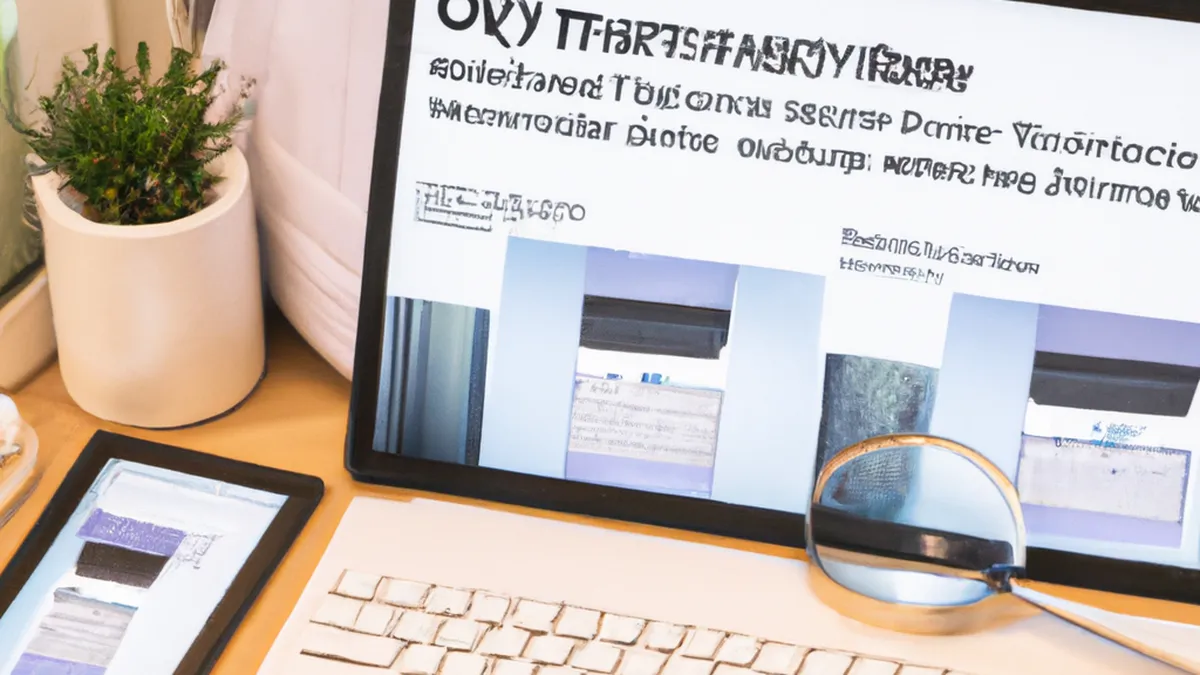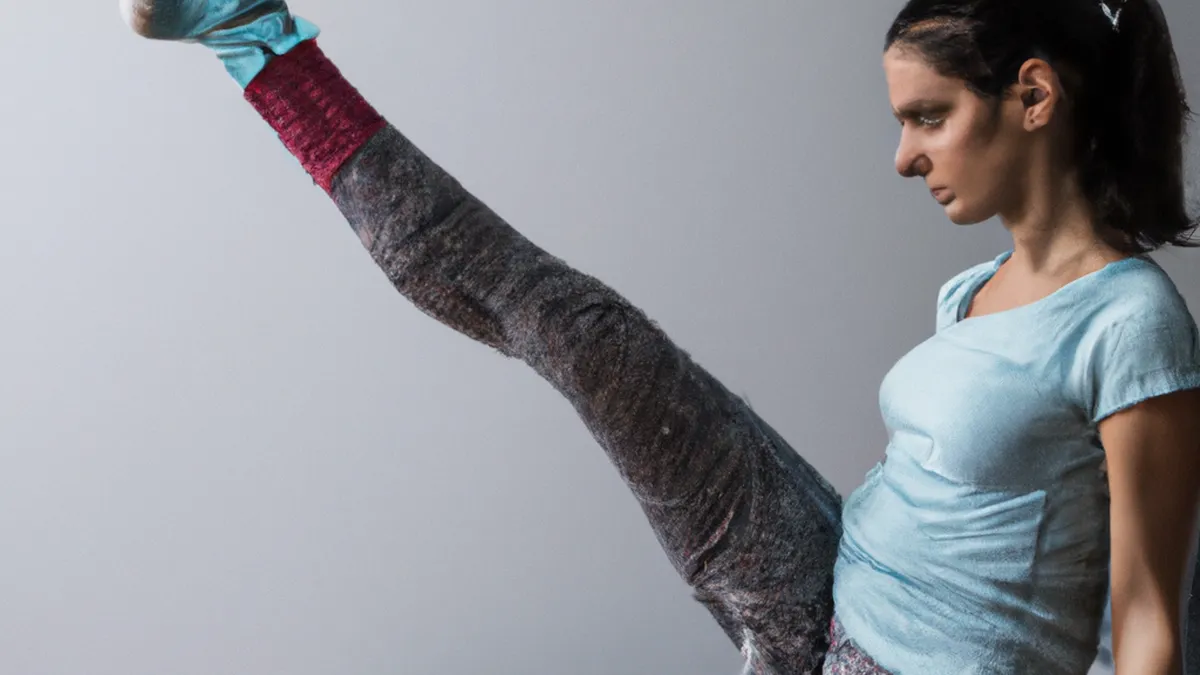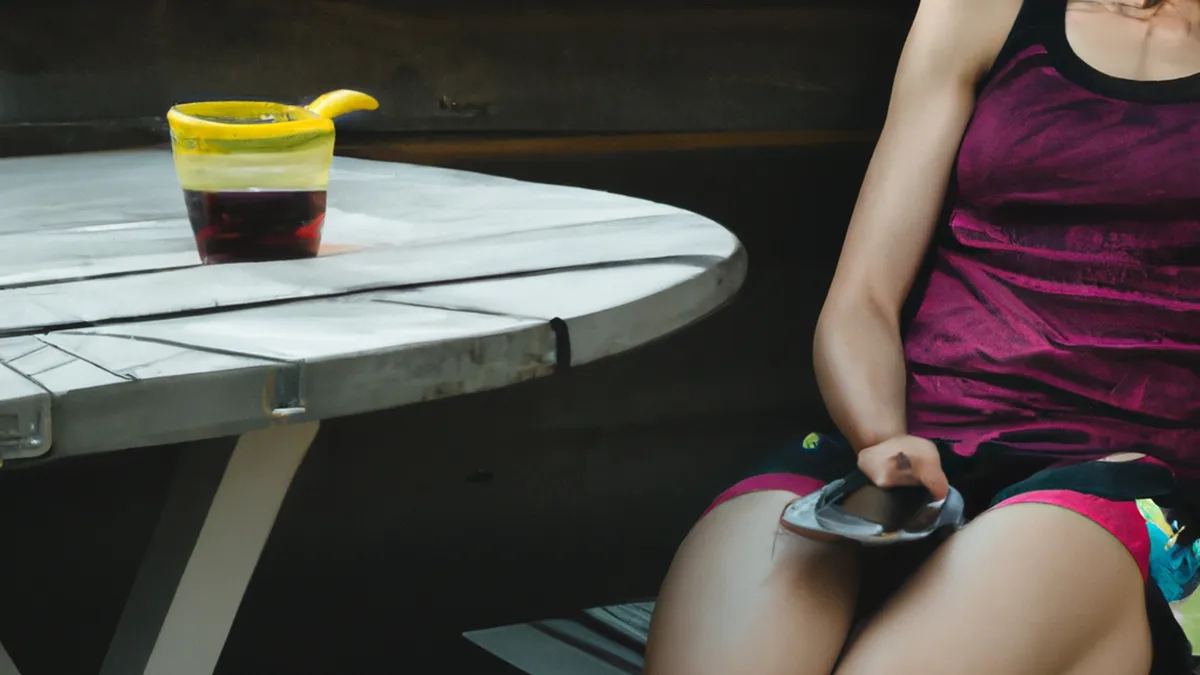Dim Your Screens: Easy Solutions
Blue Light Reduction StrategiesBlue light surrounds us in our digital age. It comes from smartphones, tablets, and computers. While blue light helps regulate our sleep-wake cycle, excessive exposure causes eye strain, headaches, and disrupted sleep. This post explores effective strategies to reduce blue light exposure.
Understand Blue Light
Understanding blue light is crucial. This light has a short wavelength and high energy. It naturally comes from the sun, but artificial sources increase its prevalence. Many people spend hours staring at screens without breaks, leading to digital eye strain.
Recognize Symptoms of Overexposure
Extended screen time causes many symptoms. Common signs include dry eyes, blurred vision, and headaches. If you feel fatigued after using devices, you may suffer from overexposure. Recognizing these symptoms helps you reduce them.
Practical Tips for Reducing Blue Light Exposure
As an Amazon Associate I earn from qualifying purchases.
Gear tip: consider sleep mask, white noise machine, and blue light blocking glasses to support this topic.
You can significantly lower blue light exposure with simple strategies. Consider these useful tips:
Use Blue Light Filters
Many devices now include built-in blue light filters. These settings adjust the screen’s color temperature, reducing blue light. Enable this feature on your devices, especially at night. Also, try blue light blocking glasses to filter harmful light and ease eye strain.
Take Regular Breaks
Use the 20-20-20 rule to reduce eye strain. Every 20 minutes, take a 20-second break and look at something 20 feet away. This practice relaxes your eye muscles and reduces fatigue. Incorporate longer breaks during work sessions, stepping away from your screen.
Optimize Your Environment
Adjust your workspace to minimize blue light exposure. Use soft, warm lighting instead of harsh fluorescent lights. Position your screens at eye level to reduce glare. Consider using anti-reflective screen protectors to improve comfort.
Additional Advice for Healthy Screen Habits
Establishing healthy screen habits can make a difference. Consider these additional strategies:
Limit Screen Time Before Bed
Screens emit significant blue light, interfering with your sleep cycle. Limit screen time at least one hour before bed. Engage in relaxing activities like reading or meditating to help your body prepare for sleep.
Create a Sleep-Friendly Environment
Promote relaxation in your bedroom. Keep screens out to reduce blue light exposure. Use blackout curtains to eliminate outside light. Use dim lighting in the evening to create a cozy atmosphere and signal your body to wind down.
Stay Hydrated and Maintain a Balanced Diet
Hydration and nutrition support eye health. Drink plenty of water throughout the day. Eat foods rich in antioxidants, like leafy greens and berries. Omega-3 fatty acids from fish also benefit eye health. A well-rounded diet combats blue light exposure effects.
Benefits of Reducing Blue Light Exposure
Implementing blue light reduction strategies offers numerous benefits. You’ll likely experience less eye strain and discomfort. Many report improved focus and productivity after reducing exposure. Better sleep quality enhances overall health and well-being.Adopting these practices fosters healthier relationships with technology. You’ll feel more present in your daily life. By creating boundaries with screens, you’ll enjoy a more balanced lifestyle.
Conclusion
Blue light reduction is essential in today’s screen-focused world. With simple strategies, you can minimize exposure and protect your eye health. Use blue light filters, take regular breaks, and optimize your environment. Establish healthy screen habits to promote better sleep, reduce discomfort, and improve well-being. As you implement these changes, you may notice significant improvements in your daily life. Embrace these strategies for a healthier relationship with your screens.
Below are related products based on this post:
FAQ
What is blue light and why is it a concern?
Blue light is a type of light with a short wavelength and high energy, coming from both natural sources like the sun and artificial sources such as screens. Excessive exposure to blue light can lead to eye strain, headaches, and disrupted sleep patterns, making it essential to manage our exposure effectively.
What are some symptoms of blue light overexposure?
Common symptoms of blue light overexposure include dry eyes, blurred vision, and headaches. If you experience fatigue after prolonged screen use, it may indicate that you are suffering from digital eye strain due to excessive blue light exposure.
How can I reduce blue light exposure while using screens?
You can reduce blue light exposure by using built-in blue light filters on your devices, taking regular breaks using the 20-20-20 rule, and optimizing your workspace with softer lighting and anti-reflective screen protectors. Additionally, limiting screen time before bed can also help improve sleep quality.















Post Comment